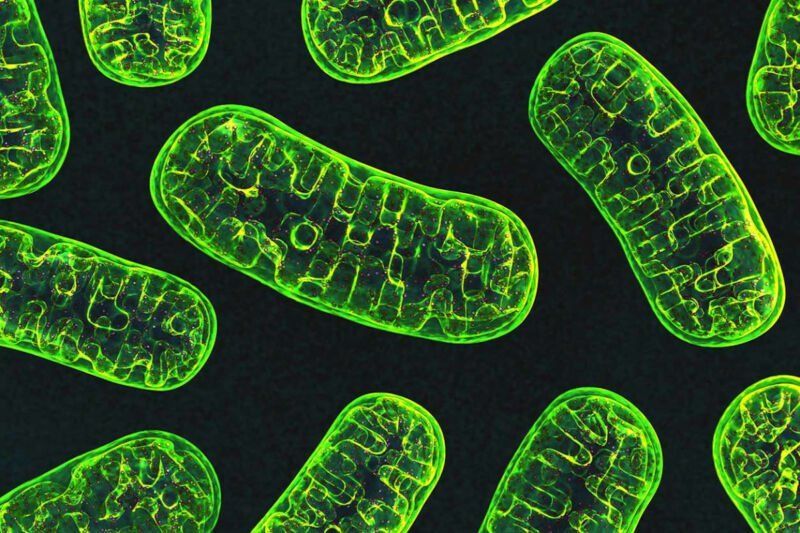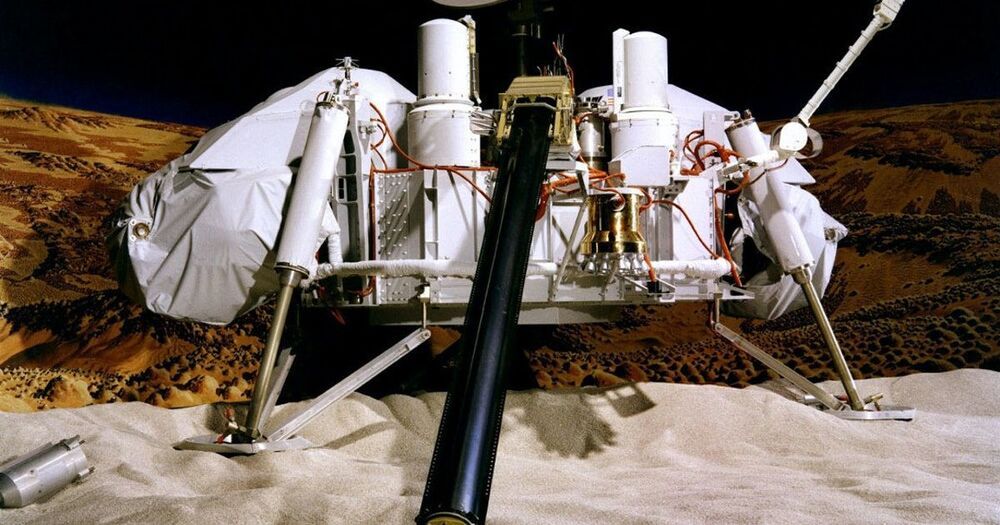The inside of a mitochondria is made up of a folded membrane, which has evolved to produce the greatest surface area possible between two parts of the mitochondria known as the intermembrane space (the outer part) and the mitochondrial matrix (the inner part). To drastically oversimplify this entire process, the mitochondria uses glucose (and ethanol if it’s available) to pump hydrogen ions (with the occasional deuterium and tritium ion) across the membrane which separates these two compartments of the mitochondria (known as the cristae) into the intermembrane space. These hydrogen ions then flow back into the mitochondrial matrix through a very special protein called ATP synthase, which uses the electrostatic potential energy of the hydrogen ion to manufacture ATP.
Unfortunately, as we get older this inner membrane starts to decay and become smaller. As the cristae starts to shrink, there is less space for ATP synthase, which means there is less ATP produced, which ultimately means that our cells do not have enough energy to maintain all of our cellular functions. As you can imagine, this lack of energy is catastrophic for the health of the cell, and will eventually lead to either cell senescent (where the cell essentially becomes dormant), or complete cell death.
Numerous different suggestions have been put forward as to explain why exactly why mitochondria decay in this way, including mutations within the DNA of the mitochondria (they have their own chromosomes), as well as the build up of oxidative agents within the cell itself which cause direct damage to the mitochondria. However, a group of scientists lead by Dr Hazel Szeto have discovered that the decay of the mitochondrial cristae is linked to declining levels of a phospholipid (fat) called cardiolipin. It turns out that as we age, oxidative agents within our body destroy this phospholipid, which is essential for maintaining the folded inner membrane of the mitochondria.









